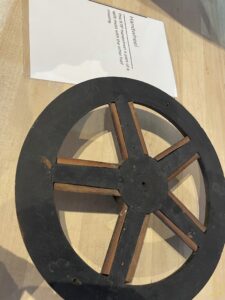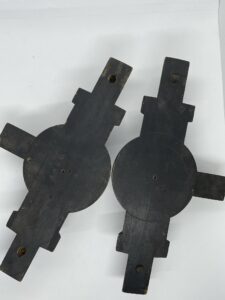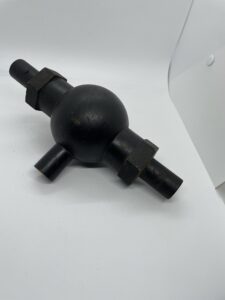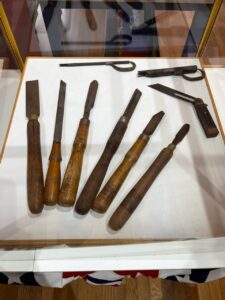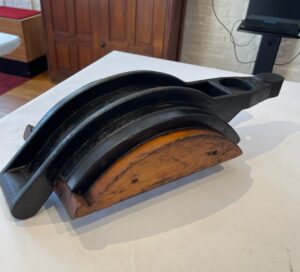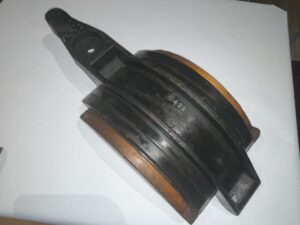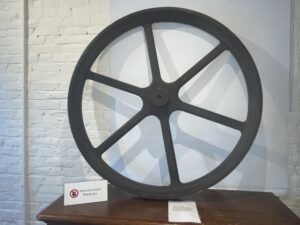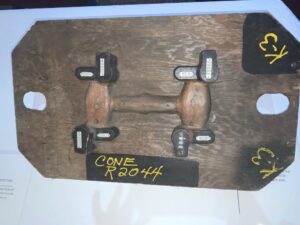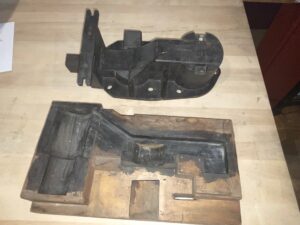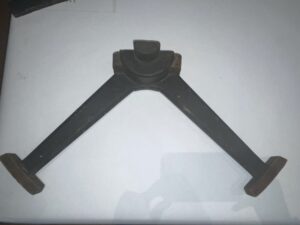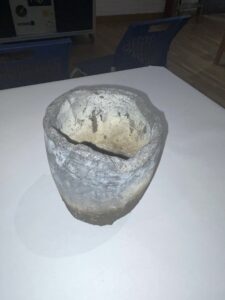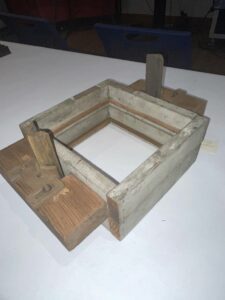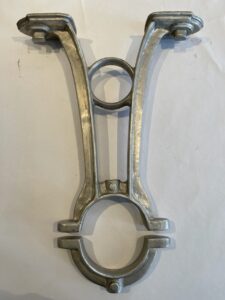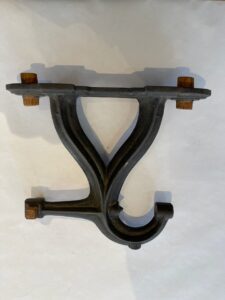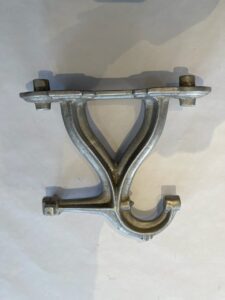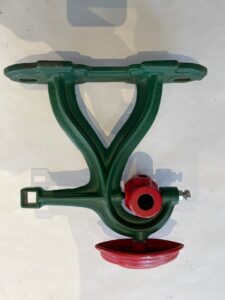Blog
Patterns and Molds
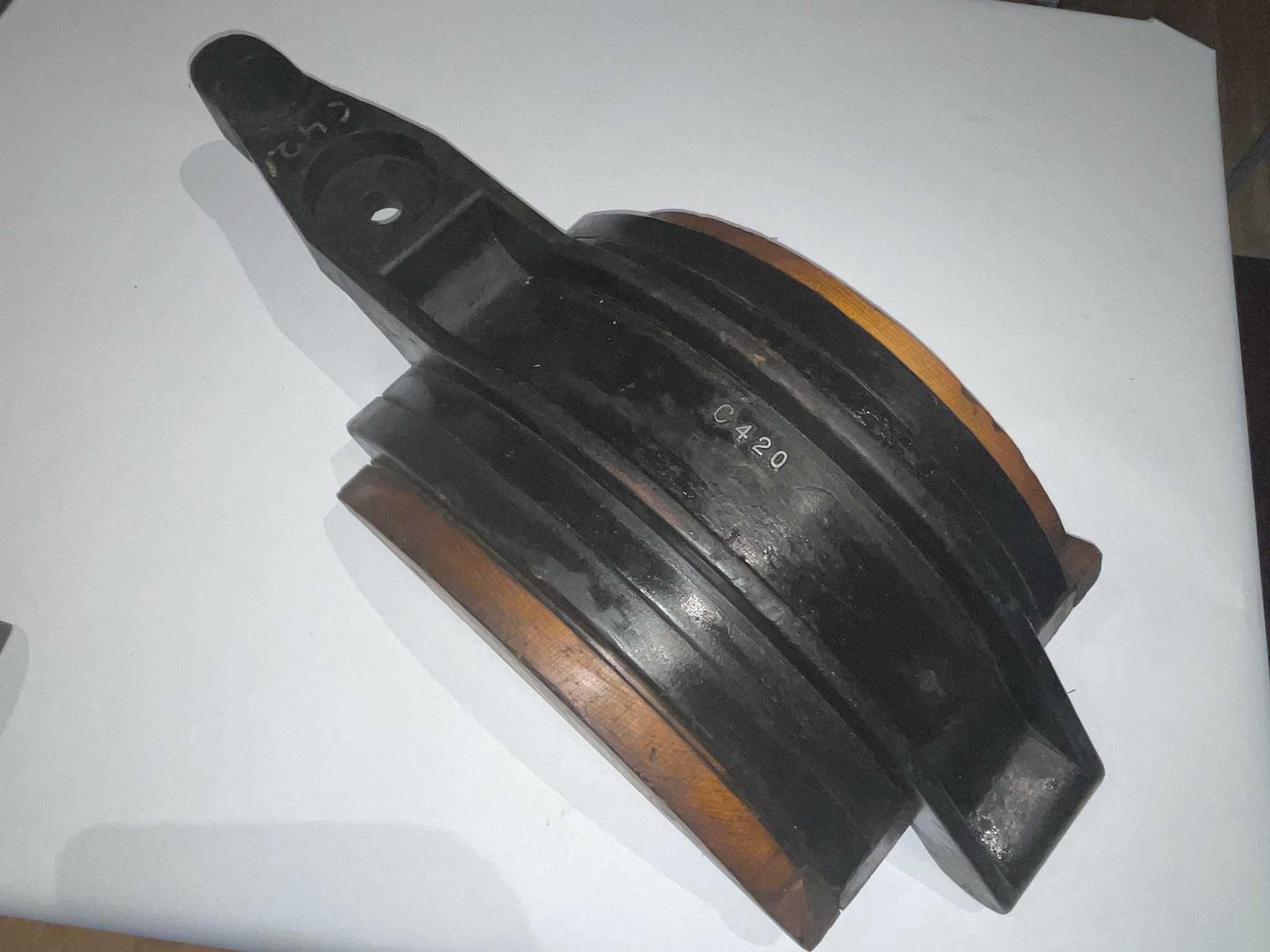
A pattern is the master copy of a design. Wooden patterns like these could have been used hundreds of times before losing their shape. Flat back patterns, like these wrenches, would press the flat of the pattern onto the bottom of the sand mold and then sand would be packed around it. On split patterns like the hand wheel, both portions of the pattern would be pressed into the top and bottom of the mold and removed without hurting the mold.The mold would then be joined flawlessly to create a complex shape. The patterns are covered in a black paint to protect them from heat and humidity as well as conveying the finishing steps required.
stay up to date
Want more content from the American Precision Museum?
Sign up to receive news straight to your inbox!
By submitting this form, you are consenting to receive marketing emails from: . You can revoke your consent to receive emails at any time by using the SafeUnsubscribe® link, found at the bottom of every email. Emails are serviced by Constant Contact


